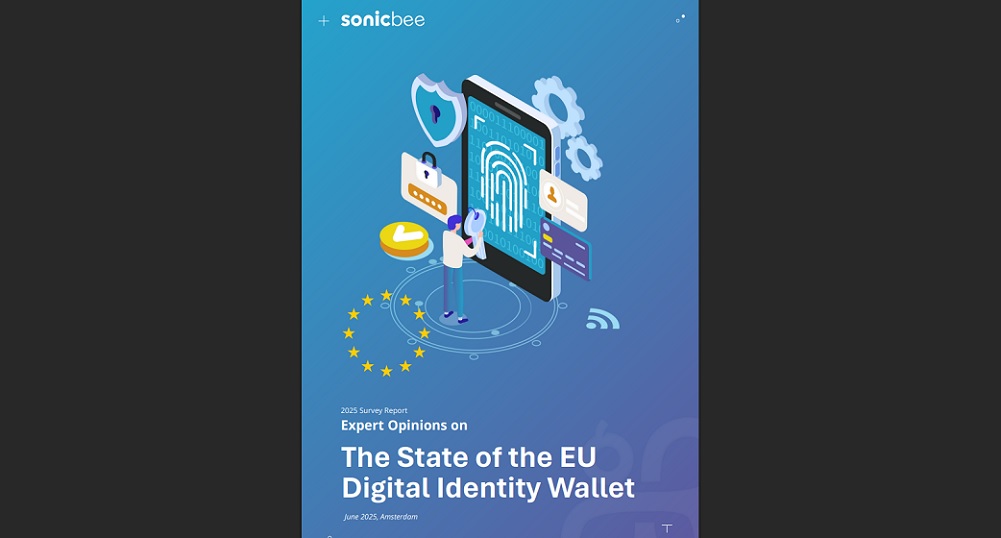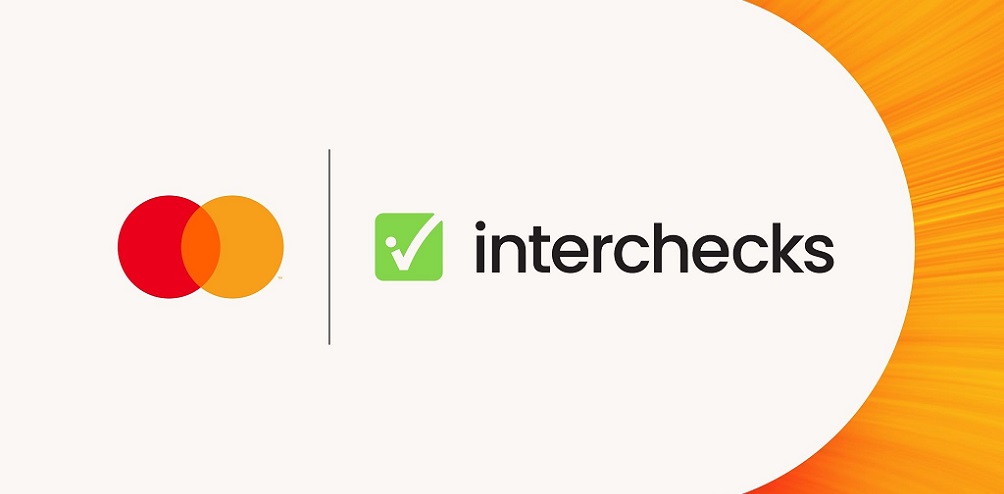2025 state of the EU digital identity wallet – expert survey report

The European Union aims to realise a highly secure, trustworthy, and empowering cross-border digital identification and data (attributes) sharing solution. This enables individuals (citizens) and organisations (legal entities) of the EU Member States to control where they share data online and protects them from various identity threats.
The revised legal framework for electronic identification and trust services for electronic transactions, known as eIDAS 2.0, came into force in April 2024, making it mandatory by law that digital identity wallets must be made available by EU Member State governments in 2026, and data-sharing with these wallets accepted by many industries by end of 2027.
„We are just over one year away from the expected release of national digital identity wallets. With this survey report, we once again addressed key questions concerning developments, where these are expected to make a positive impact, and what challenges exist around adoption and realisation.” – Sonicbee said in a press release.
Survey results in five key findings
Key finding 1: the individual is central. Benefits and use cases still revolve around end users, the EU citizens. Personal authentication and data sharing are considered main benefits.
Key finding 2: development may ideally be done in a public-private cooperative model, also referred to as Public Private Partnership (PPP), rather than government-only or private-only.
Key finding 3: awareness and explaining the essence of the EU DIW becomes more important in terms of adoption. Before, emphasis was more on technology and interoperability. This is shifting to ‘do you understand the EU DIW and what it means’.
Key finding 4: EU Member State governments (should) (remain to) have a key role in the entire ecosystem.
Key finding 5: we are getting a handle on technology and interoperability, most concerns are now on the business model that enables the ecosystem to evolve (which is still very much in its early stages), and the user and their of the DIW (for example how to share data responsibly).
Based on the results, we may suggest that EU DIW development is progressing steadily and is moving past technical hurdles into concerns relating to actual use. We expect integrating the EU DIW in ‘everyday online life’ (with myriad methods for sharing data) to be the logical next step, with yet new questions on blending the EU DIW into user journeys, alternatives, and down-vs-up-scaling from the EU DIW in interactions where trust services play a key role.
Survey themes
We see four relevant themes in the EU DIW ecosystem for assessing the State of the EU DIW. These relate to who benefits, how development is progressing, adoption by actors in the ecosystem, and general challenges and risks.
These themes translate directly to our survey setup, with a set of questions under each theme, to ensure all are addressed. Our report also follows this structure.
Downdload the report
____________
This report is based on anonymous responses of over 20 experts in the field of digital identity. They answered 10 questions on four EU DIW Ecosystem themes, in an online survey conducted in Q1 2025.
The first edition of this study was published in 2023, making this the third edition in this study series. Some questions have been asked in every survey, yielding trend lines in the responses.
The survey report is a joint effort by SonicBee, authored by, and Terrapinn, organisers of the Identity Week conference series. Survey creation, analysis of responses, and report writing by SonicBee, data collection and promotion by Terrapin. Results were presented in June at the Identity Week Europe 2025 conference in Amsterdam.
Dariusz Mazurkiewicz – CEO at BLIK Polish Payment Standard
Banking 4.0 – „how was the experience for you”
„To be honest I think that Sinaia, your conference, is much better then Davos.”
Many more interesting quotes in the video below:









